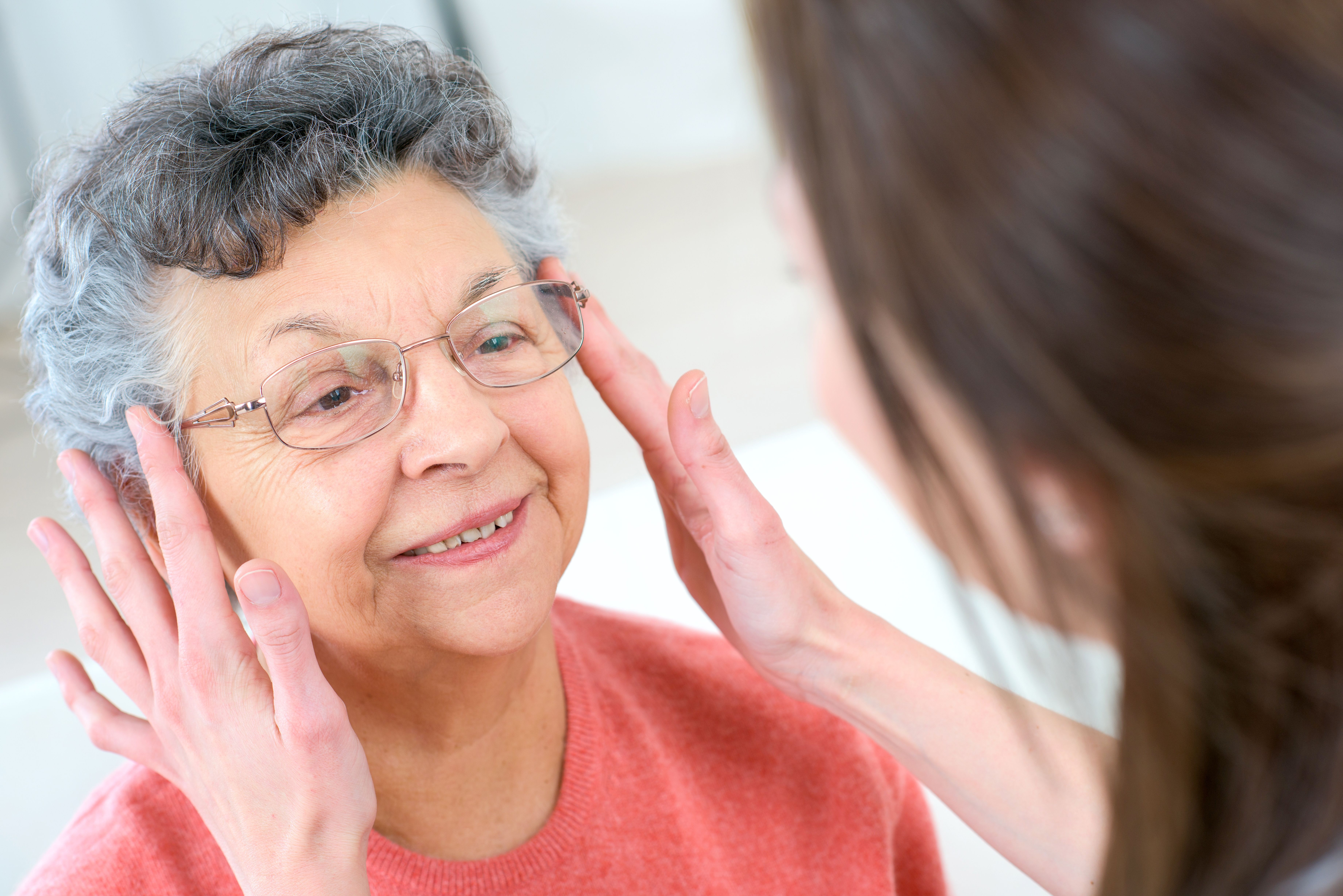- Therapeutic Cataract & Refractive
- Lens Technology
- Glasses
- Ptosis
- Comprehensive Eye Exams
- AMD
- COVID-19
- DME
- Ocular Surface Disease
- Optic Relief
- Geographic Atrophy
- Cornea
- Conjunctivitis
- LASIK
- Myopia
- Presbyopia
- Allergy
- Nutrition
- Pediatrics
- Retina
- Cataract
- Contact Lenses
- Lid and Lash
- Dry Eye
- Glaucoma
- Refractive Surgery
- Comanagement
- Blepharitis
- OCT
- Patient Care
- Diabetic Eye Disease
- Technology
Tips for dispensing to the elderly
Consider these suggestions for accommodating the fastest-growing patient population

Orlando, FL—The visual needs of elderly patients differ greatly from those of the general population. Because of this, ODs should have senior-friendly processes in place to accommodate the fastest-growing population. Jackie O’Keefe, LDO, discussed methods to proficiently dispense to elderly patients at Vision Expo East 2021.
Exercise empathy
Older is wiser, but sometimes seniors misunderstand or are reluctant to accept the visual changes they experience with age. When this happens, it is the job of the OD to exercise empathy while educating senior patients on the natural aging process.
ODs should be prepared to give seniors personal attention and answer questions in a way that speaks their language.
“Talk slower, not louder,” O’Keefe says, “and keep common fears and misunderstandings in mind.”
Common fears and misunderstandings that arise in elderly patients include:
· Advice taken literally
· Questions the patient wanted to ask the doctor but forgot
· Confusing written prescriptions
To help patients with questions they might have had but forgot, keep a printout of common questions and answers handy to give elderly patients during their visit, O’Keefe suggests.
Other considerations
Certain lighting, furniture, procedures, and fonts in your practice might be inadequate to senior needs.
Common visual concerns include:
· Snail mail
· Bills
· Food packaging and labels
· Medicine bottle labels
· Bank statements
· Contracts/paper documents
· Chairs without arms or cushions that sink in
Low vision aids like magnifiers, Early Treatment Diabetic Retinopathy Study (ETDRS) charts, contrast sensitivity charts, continuous text reading cards, and near vision materials can provide ODs with a better sense of elderly patients’ vision than visual acuity alone and grant seniors a sense of independence.
Age-related changes
Aging can affect the eyes in a number of ways, from increased incidence ofpresbyopia, glaucoma, cataracts, and macular degeneration to weakened vision, smaller fixed pupils, slower visual reaction, cloudier lenses, less productive lacrimal systems, thin vitreous humor, increased floaters, and decreased night, near, and clear vision.
When it comes to driving, the American Optometric Association (AOA) recommends the following guidelines for elderly patients:
· Use caution at intersections
· Reduce speed
· Drive daytime only
· Avoid use of cruise control
· Avoid tapered temples, which can block peripheral vision
· Take regular senior driving courses
· Get annual eye examinations
Conclusion
ODs can make a big difference in the lives of senior patients by walking a mile in their shoes and practicing compassion and patience.
“Don’t patronize, make them feel comfortable and valued, and go easy on the jargon,” says O’Keefe.
